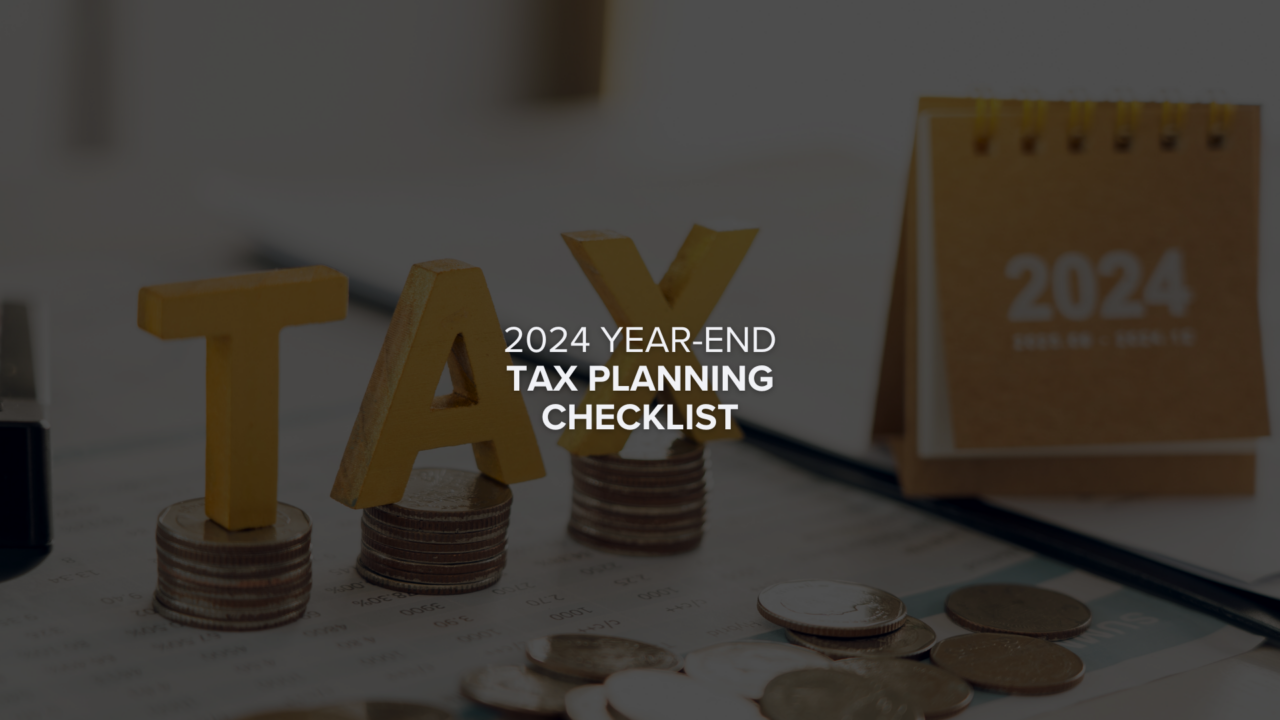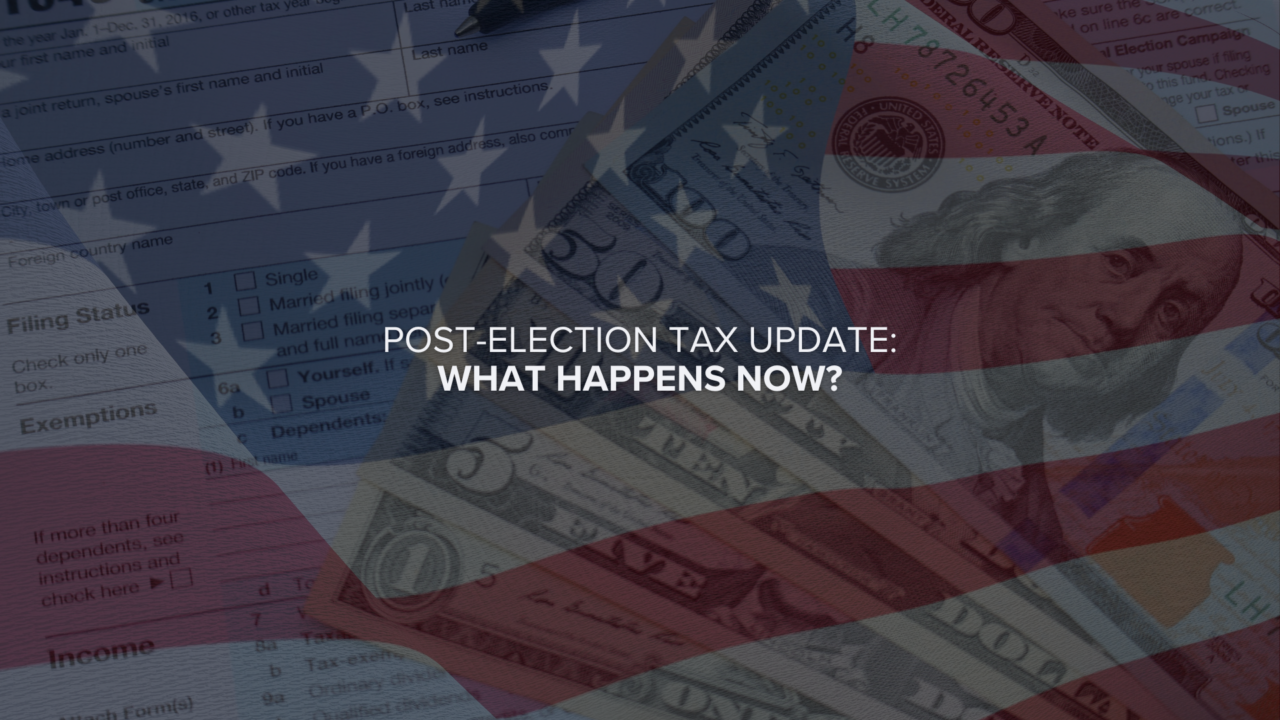The average homeowner can’t generally claim a tax deduction for repairs or maintenance to his property, although some isolated energy-related tax credits are available. Sole proprietors, businesses, and rental property owners can deduct expenses for repairs and maintenance of their property and equipment, however.
The IRS tightened up the rules for how repairs and maintenance expenses can be deducted in 2014, but you can still do so. An expense is generally capitalized and depreciated over several years if it makes equipment better, restores the property to its normal condition, or adapts the property for a new or different use.
Repair and maintenance expenses that don’t fall into the categories of “betterments,” restorations, or adaptations can be deducted in full in the year the expense was paid.
The Basics
“If you repair stuff, you can deduct it,” according to Steve Nelson, a certified public accountant who has written extensively about deducting repairs on the Evergreen Small Business blog. “If what you do is a betterment, restoration or adaptation, the 2014 rules say we’re going to make you capitalize it and depreciate it unless it’s such an amount that it’s small potatoes.”
Routine Repairs and Maintenance
“Generally, you can deduct amounts paid for repairs and maintenance to tangible property if the amounts paid are not otherwise required to be capitalized,” according to the IRS in Publication 535. That’s a little vague, and the IRS helpfully clarifies the issue:
“Routine maintenance that keeps your property in a normal efficient operating condition, but that does not materially increase the value or substantially prolong the useful life of the property, is deductible in the year that it is incurred. Otherwise, the cost must be capitalized and depreciated.”
So the IRS defines routine maintenance as something that “keeps your property in a normal efficient operating condition.” An example would be changing the oil in your car. It keeps the car operating normally and efficiently, but it doesn’t necessarily or substantially prolong the useful life of the car.
Replacing the transmission would prolong the useful life of the car, so this expense would likely have to be capitalized.
Capitalizing Repairs and Maintenance: The “BRA” Test
Repairs and maintenance costs that make a property better, restore it to working condition, or adapt it to a new use must be capitalized and depreciated over several years. One way to remember this concept is the “BRA test,” a mnemonic that refers to betterments, restorations, and adaptations.
What Is a Betterment?
Bettermentsare repairs that are intended to make something better than it was before. Specifically, repairs fall into this category if they:
- Fix a defect that existed before you bought the property
- Fix a defect that happened while the property was being made or built
- Enlarge or expand the property so that it has more capacity
- Increase the property’s quality, strength, efficiency, or productivity
Costs That Are Restorations
Restorationsare repairs that restore something to its normal condition. Fixing a roof or replacing it entirely are examples. Specifically, repairs fall under the category of restorations if they:
- Restore deteriorated property to its “ordinarily efficient operating condition”
- Replace a major component or substantial structural part of a piece of property
- Rebuild the property to like-new condition
- Result in a deductible loss, sale or exchange, or casualty loss treatment for the property or a component of the property
Adaptation Expenses
Adaptationsare repairs that change how the property or equipment is being used. Suppose a building owner converts a factory into a showroom. How the building is being used changes from manufacturing to retail. Any repairs related to adapting the property are capitalized.
Specifically, the IRS says that an adaptation expense is “paid to adapt a unit of property to a new or different use if the adaptation is not consistent with your ordinary use of the unit of property at the time you originally placed it in service.”
Three Safe Harbor Rules
The general rule is that expenses for repairs and maintenance must be capitalized and depreciated, but there are three exceptions. The IRS calls these “safe harbors.”
But even with a safe harbor, you can’t just write off the expense. The IRS requires that you make a specific election to do so by attaching a statement to your tax return.
# 1 A Safe Harbor for Small Invoices
A person or business can immediately deduct repair and maintenance expenses if the cost is $2,500 or less per item or per invoice. A business with an “applicable financial statement,” however, has a safe harbor amount of $5,000.
Consider using this “de minimis” safe harbor if your total invoice is $2,500 or less. The Latin phrase denotes something insignificant.
# 2 A Safe Harbor for Small Projects
Repairs can be deducted immediately if the total amount paid for repairs and maintenance on the property is $10,000 or under, or 2% of the unadjusted basis of the property, whichever amount is less. This safe harbor is only available for businesses with revenues under $10 million and when the property being repaired has an unadjusted basis under $1 million.
# 3 A Safe Harbor for Routine Maintenance
Repair expenses can be deducted immediately if the repairs consist of routine maintenance and satisfy four criteria. The repairs are regularly recurring activities that you would expect to perform, and they result from the wear and tear of being used in your trade or business. They’re necessary to keep the property operating efficiently in its normal condition. Finally, the repairs are expected to be necessary more than once during a 10-year period for buildings and structures related to buildings, or more than once during the property’s class life for property other than buildings.
The term “class life”refers to the number of years over which the IRS expects property to be depreciated and it’s outlined in Publication 946, How to Depreciate Property.
Is it an expected and necessary part of keeping the property in ordinarily efficient operating condition? If so, consider using the safe harbor for routine maintenance.
A word of caution, however: The routine maintenance safe harbor does not apply to expenses that fall under the category of betterments.
Partial Dispositions—An Example
Suppose a landlord replaces a roof on her rental property. The cost of the property was split into two when the property was placed in service as a rental: land and building. The land is a nondepreciating asset. The cost of the building was capitalized and depreciated over a period of years—27.5 years for residential real estate or 39 years for commercial real estate. The cost of the old roof is therefore included in the cost of the building and it’s being depreciated over time.
Now the landlord replaces the roof. This type of restoration must be capitalized and depreciated over 27.5 years or 39 years, depending on the nature of the property. Now the landlord has two assets being depreciated: the original building and the new roof. But the old roof is included in the building so, in a way, the landlord is depreciating an asset—the old roof—that no longer exists.
In this scenario, the IRS allows the landlord to make a partial disposition. In essence, the landlord can write off the cost of the old roof, thus removing that part of the cost from the building’s depreciation schedule.
What’s the benefit? There’s an immediate deduction for the old roof, which offsets the downside of having to depreciate the new roof over several years. As an added bonus, there’s no depreciation recapture because there was no sale or exchange. Partial dispositions result in less accumulated depreciation to recapture if the property is sold in the future.
A Repair and Maintenance Checklist
Categorize each repair or maintenance expense with this checklist to determine how to handle it:
- Review the invoice for the expense. Does it qualify for a safe harbor?
- Apply the BRA test: Is the expense a betterment, a restoration, or an adaptation?
- Review the expense. Again, does it qualify for any safe harbor?
- Consider the nature of the repair.
- Consider whether it is possible to write off a “partial disposition.”
- Capitalize any expenses as necessary and set up a depreciation schedule for writing off the repair expense.




